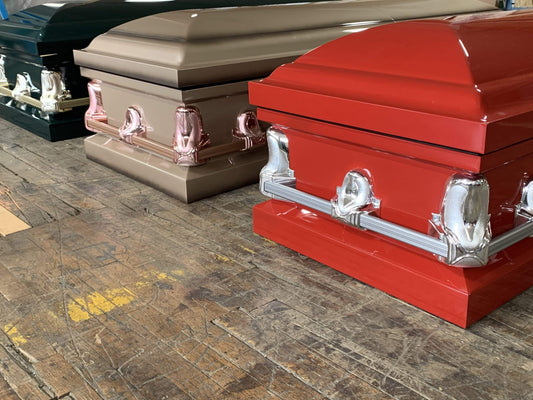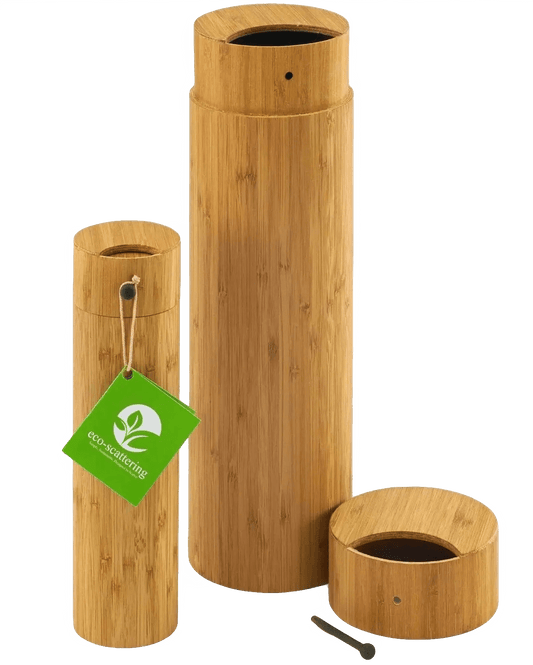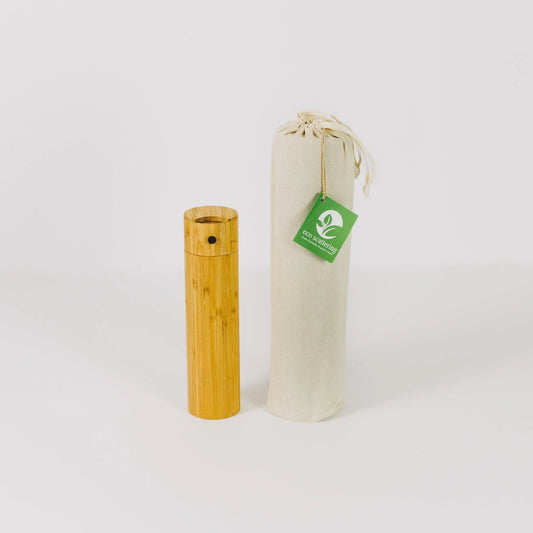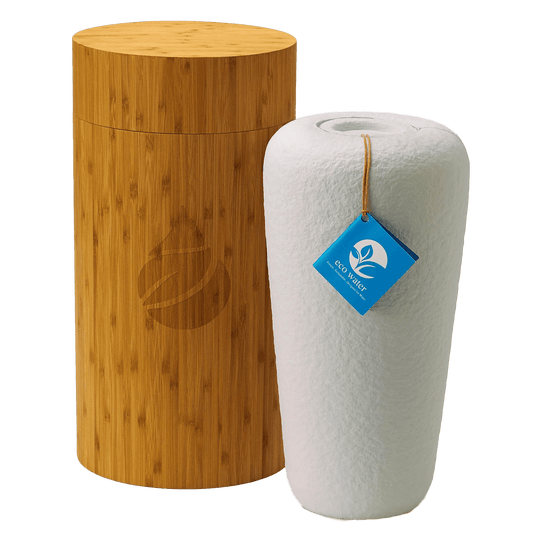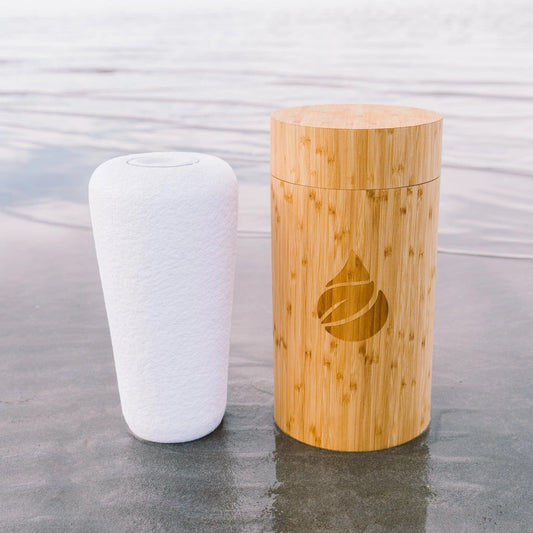What Is A Water Burial?
As the name suggests, water burial is the disposition of a loved one’s remains into a body of water. There are several types of sea burials. These may include scattering their ashes over the water or placing them into a water-soluble or biodegradable urn and then immersing it in water or placing the body in a casket and submerging it. The water body selected is often a river or the sea. For the latter, the casket must be constructed to be sent easily adrift. A boat may also be used to transport it up to the burial site at sea. Again, natural-degradable material is used for the casket, allowing faster decomposition.
Plan Your Farewell with Grace – Our Pre-Planned Caskets Offer Peace of Mind
Requirements For A Physical Burial At Sea
The process of physically burying a body at sea involves meeting specific requirements, checks, regulations and compliances. If you are interested in learning more about these prerequisites, read ahead. You must also consider hiring a professional funeral company to guide you through a hassle-free arrangement process.
- A Death Certificate: You must register the deceased person's death at the registry office. After completing this, you shall be granted the death certificate.
- Notice Form: This form can be retrieved from the registry office. In some cases, you may also collect it from the funeral company. This document will provide the necessary credentials to move the body into the sea to perform the burial.
- Doctors Certification: As per environmental rules and laws, the deceased body cannot be buried with any infection-giving contaminants. A doctor must grant you a certificate vetting this. To secure this document, you may approach the doctor who treated your loved one when they were alive. In some specific cases, you may be required to follow further guidelines before commencing the funeral. If you have hired a professional funeral company, they will take care of such licensing requisites and permits.
- Site of Burial: Certain sites are available at specific locations for a full-body sea burial. These have been designated by maritime authorities and must be strictly followed. If you are very eager to choose an alternative site, you must follow a lengthy procedural process to achieve this. For the most part, these sites for citizens have been selected earlier, and the body of your loved one cannot be buried as and where you want it to be. There are also certain parts that are not suitable for conducting the burial. If you select such a spot, the body might return to shore or get caught in a fisherman's net. The Environmental Protection Act has laid out buildings on the process and location options for sea burials.
- Most sea ceremonies require a water vessel: To take the body or ashes out into the sea for their burial or scattering. The type of vessel provided by the hired funeral company, boat or ship, depends on whether it will be transporting a body or the ashes. The rental company, along with the funeral planner, will be able to work out such logistical requirements. In Southern California, there are locally manufactured vessels called Asante. They go at about 23 mph and have the space for about twenty-five-odd passengers.
Water Burial Cost
The typical cost for an unattended water burial at sea varies between $200 and $500. Depending on your funeral plan and what you envision for your sea funeral, costs may vary. If you are planning for a full-body burial, the burial location, services and funeral company fees will be a part of your costs. Boat/ship rental and the coffin you choose will affect your costs significantly. There is also the cost of relocating the body from the funeral home to the water site. The flowers and arrangement you decide on will also affect your costs.
Coffins For Sea Burials
- They must have no copper, plastic, lead makeup or finishing.
- They should be biodegradable.
- To ensure the coffin will sink, it must have 50 drilled holes.
- A weight can be an additional element to balance it.
- Weights, adding up to about 440 pounds, must be placed at the base of the coffin.
- Softwood is an excellent choice of material for a coffin burial.
- The body of your loved one will have to be enveloped in a shroud or contained in a stainless steel casket.
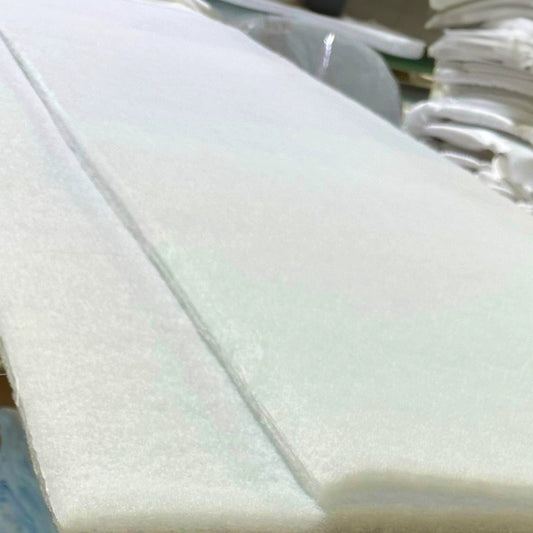
![Upgrade to Premium Weight [18-gauge steel]](http://titancasket.com/cdn/shop/products/casketthicknesswithnumbers.png?v=1680642906&width=533)
